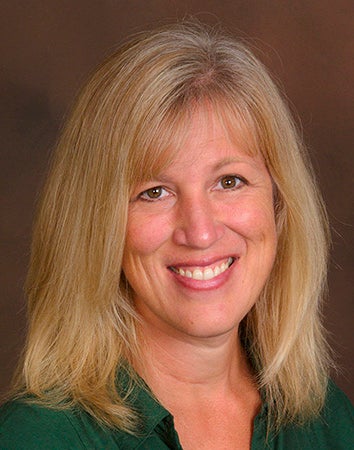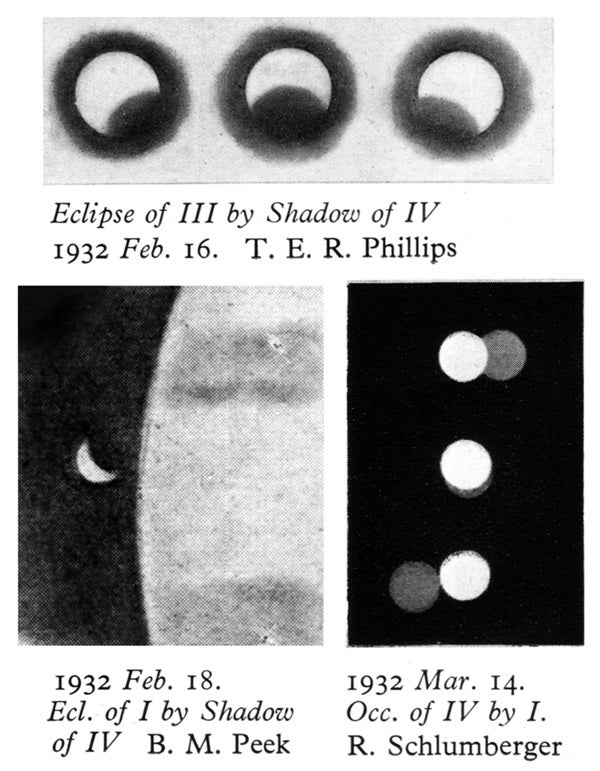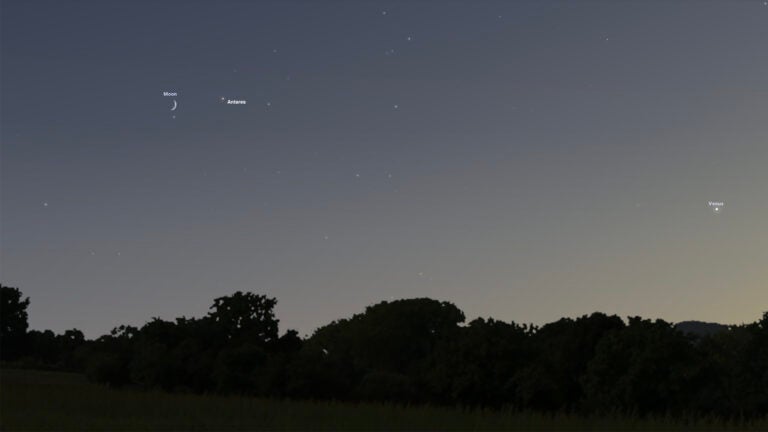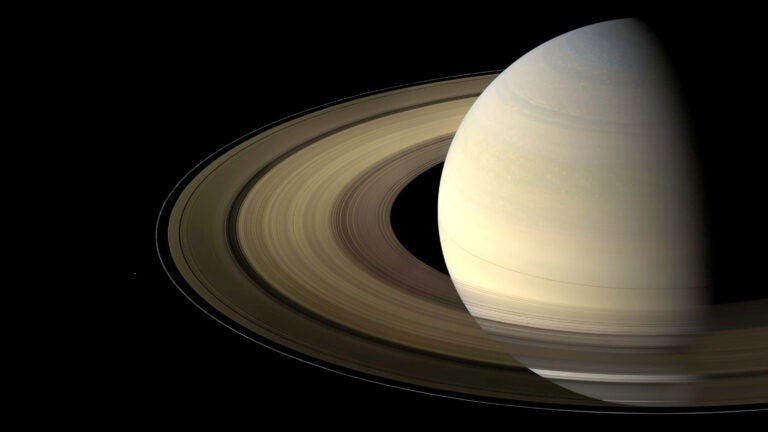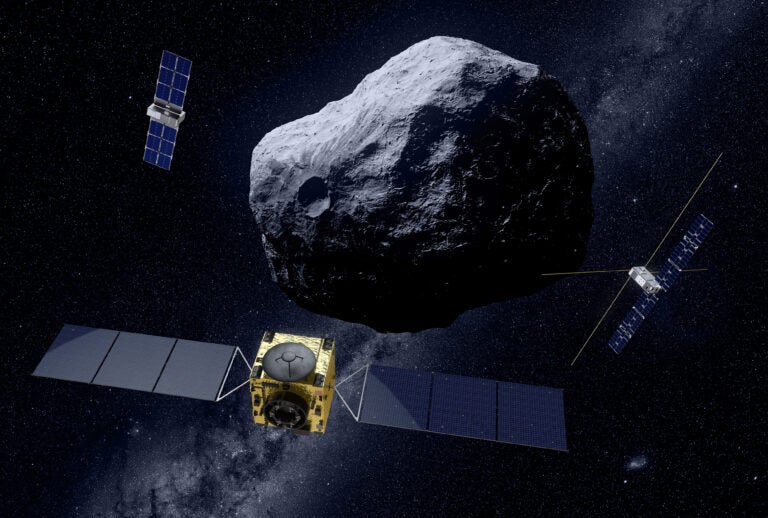The next equinox occurs February 5, so sharpen those pencils. Ample opportunities exist through August 2015 to sketch the phenomena. To help you plan, the Institut de Mécanique Céleste et de Calcul des Éphémérides (IMCCE) provides the dates, times, and types of mutual events for Jupiter’s current apparition on their website at http://tinyurl.com/pn49lnh. In addition, Astronomy mentions a few each month in “The Sky this Month.”
During a mutual occultation, two satellites approach each other and merge to form a brighter oblong image. That image then either dims as it rotates during a partial occultation or becomes circular during a total or annular occultation. It brightens once more just before the satellites separate and move away from each other.
Although you can observe both types of events through a small telescope, you’ll have difficulty noticing a change in brightness less than 20 percent during an eclipse with an aperture under 6 inches.
I’ve found the key to a skillful sketch sequence is preparation. Practice gauging brightnesses beforehand by making magnitude estimates of variable stars, and then formulate a game plan. Incorporating a voice recorder for notes frees up time you can use for sketching.
Try to complete a sketch every few minutes during the event. Record the times you began each sketch and the times for all brightness estimates within six seconds. Express them in Universal Time if you plan to share them.
The IMCCE uses visual observations and sketches for research and has additional material on its website. I encourage you to participate and also suggest forwarding your reports to organizations such as the Jupiter sections of the Association of Lunar and Planetary Observers and the British Astronomical Association. Both groups promote the study of mutual events.
Take advantage of this once-every-six-years opportunity. You’ll find watching the dance of planetary satellites fascinating, and you’ll create memories you actually can show people.

